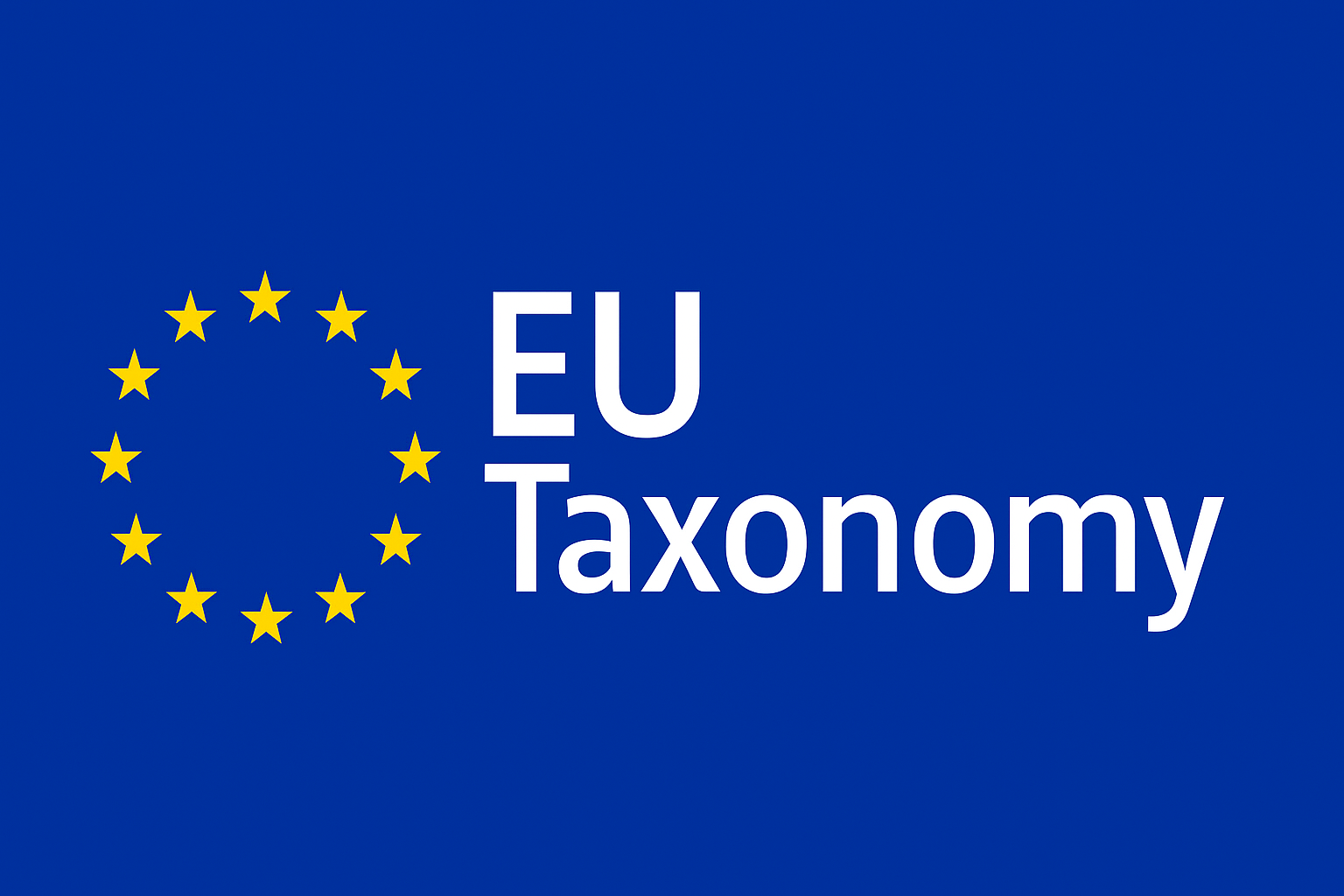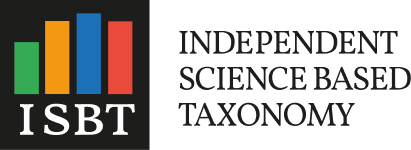Control Panel
Framework & Reference
Green Light List Criteria
The SWISOX Green Light List is not investment advice — it's our attempt to bring structure to the chaos by identifying companies that, in our view, meet ambitious sustainability standards. Think of it as the starting point of a wider effort: building a marketplace that divides the global economy into three colors — Green, Amber, and Red — based on how companies actually operate.
We begin with the Green Light List, using what we believe is the most rigorous sustainability framework available today: the EU Taxonomy. Unlike ESG ratings, which often reflect company policies or reputational risk, taxonomy reporting focuses on real-world impact — specifically, how a company earns its revenue. To qualify, companies must generate at least 55% of their turnover from activities defined as environmentally sustainable under the EU Taxonomy.
We also care about how companies treat people. That's why we require alignment with the Minimum Social Safeguards, including:
- The OECD Guidelines for Multinational Enterprises
- The UN Guiding Principles on Business and Human Rights
- The eight fundamental ILO Conventions
- The International Bill of Human Rights
On top of that, we apply exclusion criteria inspired by the EU's Paris-Aligned Benchmark. That means: no tobacco, no weapons, no companies generating significant oil or gas revenues, and no new fossil fuel projects under development.
These are our starting criteria — not the final word. We know this approach isn't perfect, and we welcome feedback. If you think a company is misclassified, or believe the criteria should evolve, tell us. The Green Light List is a public resource, built with ambition but also humility. It's not a label. It's an opinion. One that aims to be useful — and open to better ideas.
Tier Classification (T1, T2, T3)
Not all Green Light List companies are equal — and that's by design. The SWISOX tier system helps users understand both how aligned a company is with the EU Taxonomy, and how confident we can be in the data they report. This layered approach gives investors clearer insight into which companies are leading the way — and which ones are just getting started.
Tier 3 (T3) is our entry-level classification. Companies in this tier meet the minimum Green Light List criteria — at least 55% of their revenue is taxonomy-aligned, and they meet social and exclusion standards. However, these companies do not have limited assurance on their sustainability disclosures. We rely on the data they publish, but no third party has verified it. Because transparency and progress matter, companies cannot remain in Tier 3 indefinitely: they have two years to move up to Tier 2 or they will be removed from the Green Light List.
Tier 2 (T2) is for companies that meet the minimum criteria and have undergone limited assurance — a form of external review that confirms their taxonomy-alignment disclosures are credible. These companies are on solid footing and are actively demonstrating accountability in their reporting.
Tier 1 (T1) is the gold standard. Companies in this category have over 90% of their revenue aligned with the EU Taxonomy, which means nearly all of their business activities contribute to at least one environmental objective and meet the "Do No Significant Harm" (DNSH) criteria. On top of that, their reporting is backed by limited assurance. These companies are not just green — they're leading the transition.
Accepted Taxonomies
At SWISOX, we believe sustainability should be measured by science — not geography. While we started with European standards, our approach is not Eurocentric; it is impact-centric. We currently recognize two leading sustainability taxonomies, with more under review.

The first is the EU Taxonomy for Sustainable Activities, the most advanced and binding sustainability classification system to date. It defines which economic activities can be considered environmentally sustainable, based on rigorous technical criteria that ensure a substantial contribution to environmental objectives, while doing no significant harm to others.

The second is the Independent Science-Based Taxonomy (ISBT), developed by a global community of experts and NGOs to expand coverage beyond the EU framework. The ISBT brings scientific precision and ambition, particularly for sectors and geographies underrepresented in other taxonomies.
We are actively reviewing other sustainability taxonomies from around the world. If a framework meets our ambition criteria — and is developed transparently, with input from civil society and the scientific community — it will be considered for inclusion. Our review process includes consultation with NGO partners, sector experts, and the SWISOX user community.
Reference Documents
Universe & Inclusion Criteria
The portfolio consists of 69 companies selected from the SWISOX Green Light List.
One company, Litgrid AB, is absent from the current portfolio due to the unavailability of reliable market data as of the time of calculation. This will be corrected in future updates as data coverage improves.
Weighting Methodology
The initial portfolio is constructed using equal weighting across all 69 companies. Each stock is assigned an equal proportion of the total portfolio value at inception. This method was chosen to avoid concentration risk and ensure that every company contributes equally to the overall performance, regardless of market capitalization or sector.
Time Horizon, Frequency & Data Coverage
The performance dataset begins at the start of May 2024 and expands each week as new data becomes available. Unlike a rolling window, the historical series is cumulative: every new week extends the length of the time horizon. This ensures that the portfolio performance reflects the full scope of historical developments aligned with the EU Taxonomy.
The data is sampled on a weekly basis using end-of-week closing prices. This frequency allows for smoother monitoring of portfolio dynamics and avoids the noise of short-term price movements. Portfolio values are updated automatically with the latest available prices.
Performance Calculation
Weekly cumulative returns are calculated based on the time series of price changes for each company in the portfolio. The formula used is:
Cumulative Return(t) = (Portfolio Value at t) / (Initial Portfolio Value)Prices are normalized to 1.0 at inception (May 2024), and returns are computed assuming no transaction costs, taxes, or dividend reinvestment. All calculations are executed using our internal analytics pipeline, based on publicly available and licensed market data.
Missing Data Handling
If a company is missing a valid price at any weekly observation point (due to data gaps, market holidays, or trading issues), its weight is excluded from that week's calculation. The remaining weights are proportionally rescaled to maintain a 100% allocation across the available positions. This approach minimizes distortions without omitting the entire week.
Updates & Rebalancing
The portfolio is static for now and is not rebalanced after the initial setup. Future updates may include rebalancing based on upgrades or downgrades in sustainability scoring, quarterly revisions to the Green Light List, or significant corporate actions. Any such logic will be explicitly documented.
Disclaimer
This portfolio is designed for illustrative and educational purposes and should not be construed as financial advice. It serves to demonstrate the application of sustainability criteria using transparent, science-based, and taxonomy-aligned methodologies.
Portfolio values and return calculations are generated automatically and may be subject to data limitations or technical errors. Readers and users are encouraged to perform their own analysis and consult financial professionals before making investment decisions.
To help protect the integrity of the Green Light List, we use data from Urgewald's Global Oil & Gas Exit List (GOGEL) and Global Coal Exit List (GCEL) to apply exclusion criteria. These independently maintained datasets identify companies involved in fossil fuel expansion, coal mining, and coal-based power generation.
If a company appears on these lists due to active expansion in fossil fuels, it is not eligible for inclusion in the Green Light List — regardless of its taxonomy alignment. We believe this approach strengthens our commitment to climate integrity and helps ensure that companies classified as "green" are not building tomorrow's stranded assets today.
